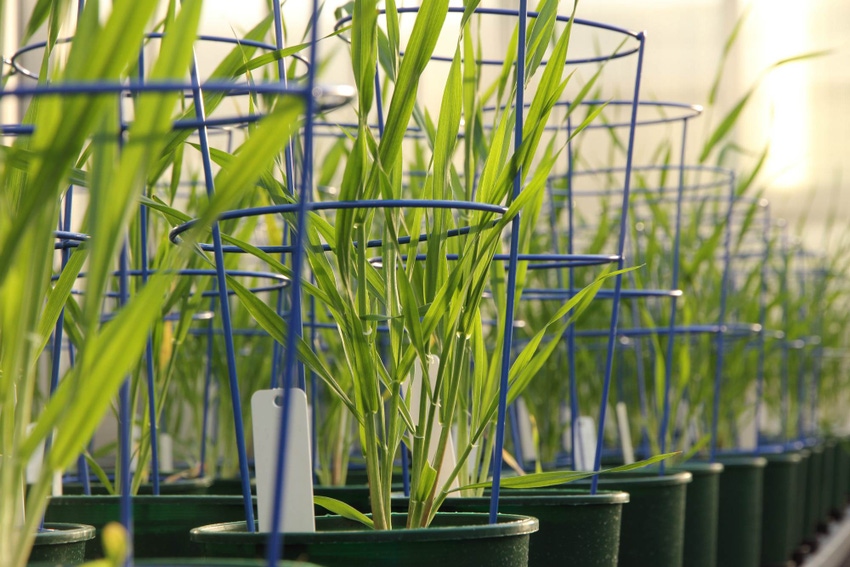New barley polysaccharide could be of interest for food/feed products.
January 8, 2019

While corn is the primary feed grain in the U.S., small grains such as barley, oats and wheat are commonly fed in other countries.
These small grains include complex carbohydrates and polysaccharides that affect the digestibility of the grains as well as the physical properties of digesta. These polysaccharides have been a driving force in the development of feed enzyme technologies.
Now, researchers with the University of Adelaide in Australia have discovered a new complex carbohydrate in barley that may have potential applications in food and medicine. The research has been published in the American Chemistry Society journal ACS Central Science.
The new polysaccharide, discovered by senior research scientist Dr. Alan Little and the team at the former ARC Centre of Excellence in Plant Cell Walls, has the potential to be exploited for many uses.
“Plant cell walls contain components that are of major interest for many industries such as renewable sources for energy production, composite materials or food products,” Little said. “Knowledge of this new polysaccharide will open up further research to determine its role in the plant. We know that it can be found in the roots of barley, suggesting that it may play a role in plant growth or resistance to external stresses such as salinity or disease.
“By observing natural variation of the polysaccharide in different cereal crops, we will aim to identify links to important agricultural traits,” Little added.
The new polysaccharide is a mix of glucose (commonly found in cellulose) and xylose, which is found in dietary fiber. Based on the relative proportions of each sugar, the hybrid polysaccharide has the potential to behave as a structural component of the cell wall providing strength or conversely as a viscous gel.
Further research is required to understand the new polysaccharide’s potential uses, Little said, noting that existing polysaccharides have a wide range of uses.
“The genes involved in the biosynthesis of the new polysaccharide were also discovered as part of this work," Little added. "The same genes can be found in all major cereal crops — not just barley. We can now use this knowledge to find ways of increasing these polysaccharides in crops, providing the possibility of generating plant material with a range of potentially different physical properties for industrial applications.”
You May Also Like
.png?width=300&auto=webp&quality=80&disable=upscale)


